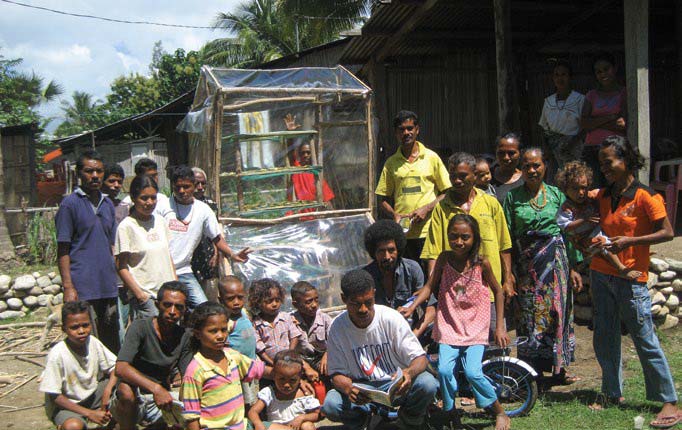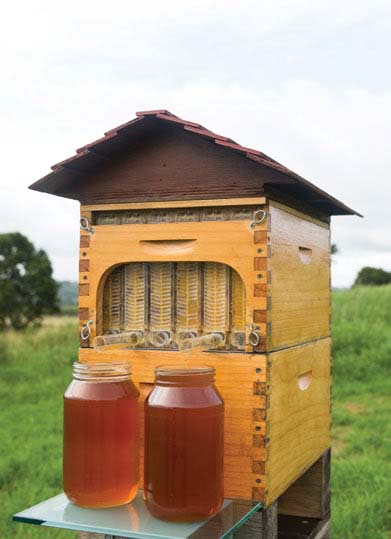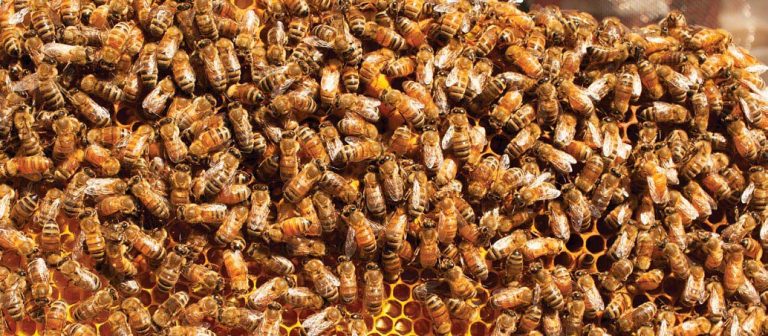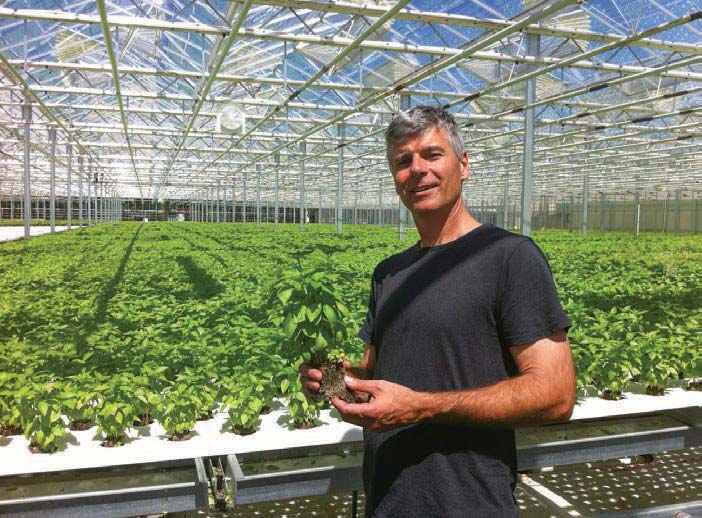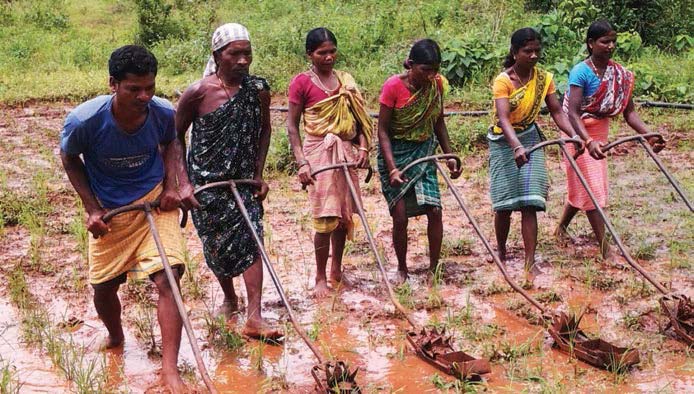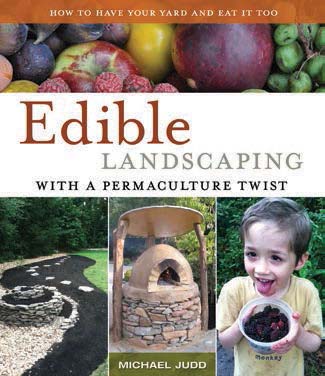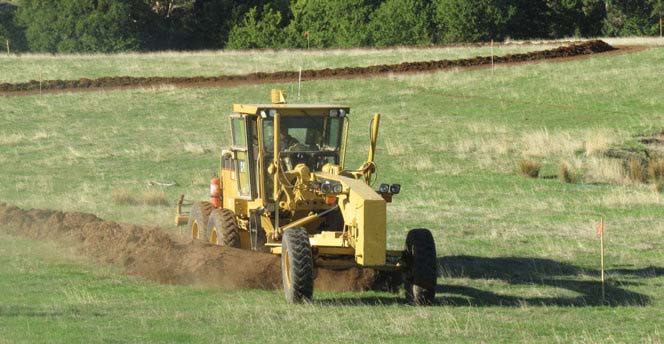Putting The ‘Culture’ Back Into Agriculture
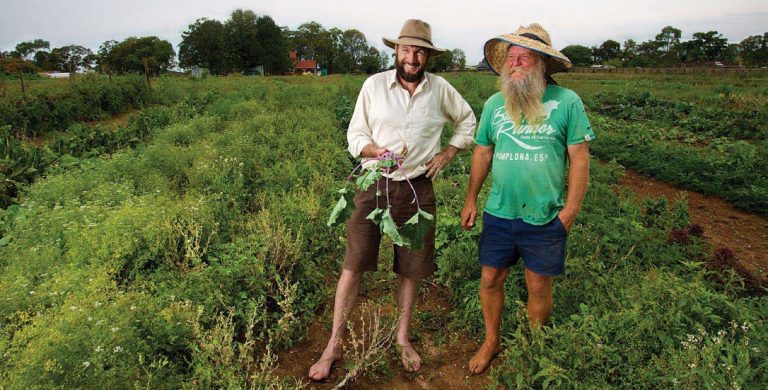
An excerpt from Fair Food: Stories from a Movement Changing the World (edited by Nick Rose, UQP, 2015)
Food Connect works in the vein of the ‘small is beautiful’ philosophy or what others like to call ‘economies of community’ rather than the old model of ‘economies of scale’. What we’ve seen and experienced over the last 50 years or so is the slow death of small industries serving their regions.
Towns all over Australia have lost their local bakeries, abattoirs, creameries, butter factories, grain mills and greengrocers. Our culture is the poorer for it – everything has a ‘homogenised’ look, feel and taste to it. The implication is that we are also homogenising our brains.
[When I started Food Connect] I knew that distribution was where most of the inequities were in the food system, and localising a food system would address many of them. I figured if Food Connect could demonstrate the ‘how’, then we would have achieved a lot in terms of rebuilding the lost infrastructure – both physical and social – that once served our communities so well.

